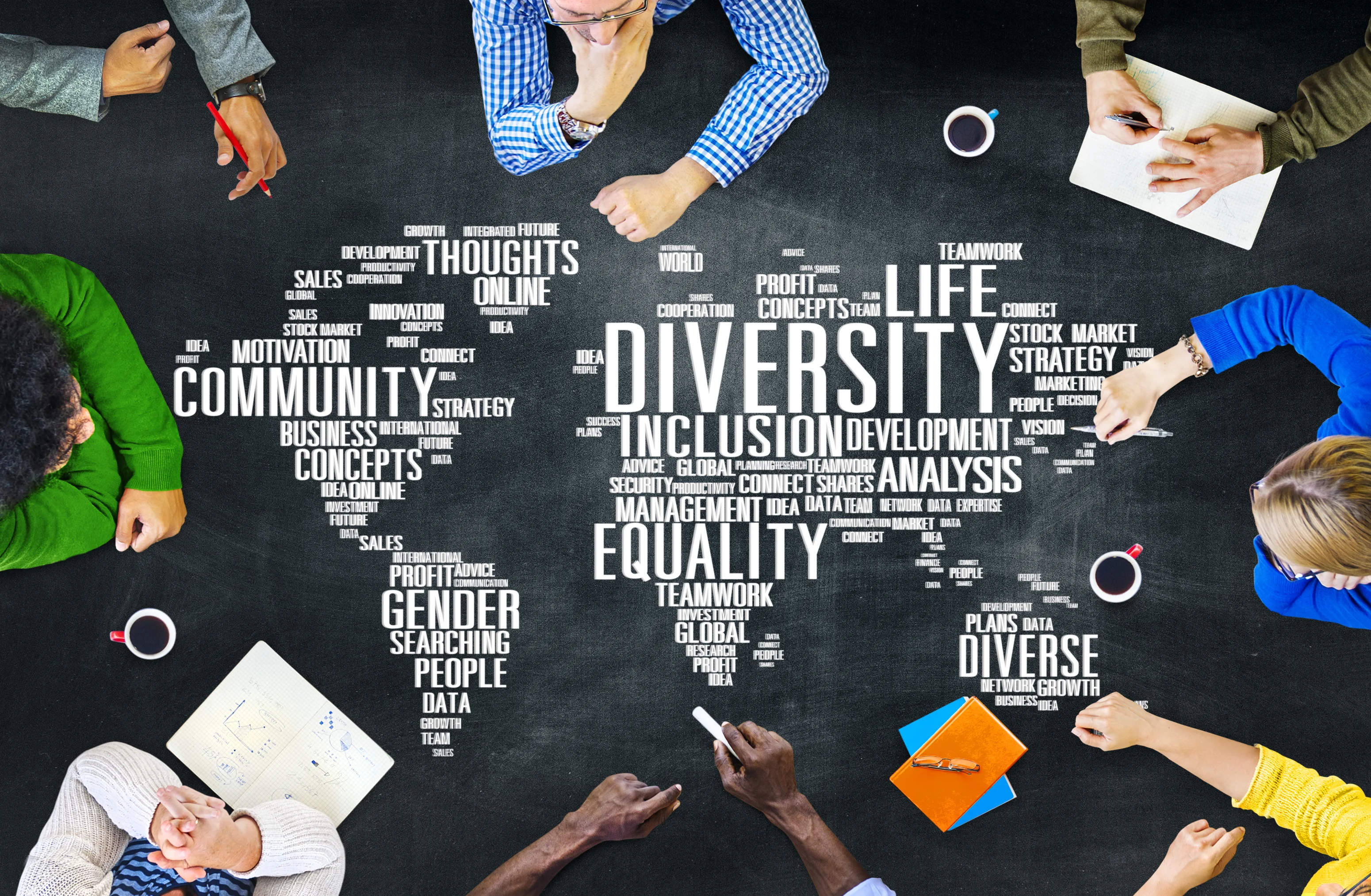Introduction
The ideas of equality, Inclusion, and diversity have evolved as pillars of advancement in our dynamic and interconnected society. This article seeks to offer a thorough examination of these important subjects, analyzing their significance in a variety of contexts, including the workplace, education, and larger societal contexts.
Diversity in the Workplace: Promoting Growth and Innovation
The term "diversity" in the workplace refers to a broad range of distinctions, including those related to ethnicity, gender, age, and sexual orientation. Not only is it morally right to embrace this diversity, but it also has practical benefits.
- Utilizing Diverse Teams' Diverse Experiences and Points of View Diverse teams contribute a plethora of different perspectives, which encourages innovation and creativity. This produces a wider range of potential answers and more robust issue solving.
- Promoting an Inclusive Culture: An inclusive workplace is essential to productivity. It is not sufficient to only have a diverse staff; people must also feel respected, valued, and empowered. This promotes a sense of community and promotes cooperation and teamwork.
The Case for Equality in Business
It's not only about justice when an organization promotes Equality; it's also a wise financial decision.
- Enhancing Productivity and Retention: Job satisfaction and retention rates skyrocket when workers believe they have equitable access to opportunities and resources. A more reliable and effective staff results from this.
- Reputational and legal risks are minimized. Ensuring equality assists businesses in avoiding pricey legal disputes and preserving their reputation. It makes it evident that the business values and respects each and every one of its employees.
Educating Diverse Learners to Develop Future Leaders
Diversity is at the core of this process, which educational institutions play a key role in developing the leaders of tomorrow.
- A holistic educational experience: Exposure to many points of view and cultures enhances the learning process. Students are better equipped to succeed in a connected, international community.
- Education that is inclusive fosters a climate in which each student can succeed by attending to their individual learning needs. In addition to helping marginalized pupils, this strategy raises the standard of education as a whole.
Creating Bridges and Promoting Empathy
The goal of inclusive education is to promote empathy and understanding as well as intellectual excellence.
- Students are better prepared for a diverse world thanks to inclusive education, which gives them the knowledge and perspective they need to function in today's international society. It promotes adaptability and the capacity to work with people from all backgrounds.
A Basis for Progress: Equality in Society
A society that is truly progressive is one that is based on equality.
- Dismantling Systemic Barriers: In order to achieve true equality, systemic barriers that support inequality must be removed. Addressing challenges like getting access to high-quality healthcare, education, and employment opportunities is part of this.
- Promoting Compassion and Understanding Empathy is fostered in a society that values equality. It works to close disparities in privilege and opportunity and affirms the value of every person, regardless of background.
Promotion of Social Justice
To achieve equality, intentional, long-term efforts must be made to right historical wrongs.
- Addressing Historical Injustices entails admitting and making amends for historical injustices such systemic racism, misogyny, and discrimination. It aims to level the playing field for all societal members.
Comparative Table Diversity, Inclusion, and Equality
| Aspect | Diversity | Inclusion | Equality |
|---|---|---|---|
| Definition | unique qualities and attributes that exist inside a group or organization | ensuring that everyone feels appreciated, respected, and involved | Equal opportunity and treatment for all, notwithstanding disparities |
| Occupational Impact | broadens perspectives and stimulates innovation | encourages cooperation, raises spirits, and increases output | increases worker satisfaction and lowers churn rates |
| Education's Influence | enriches educational opportunities and equips pupils with global civic skills | satisfies a range of educational requirements and raises standards across the board. | develops an open mind, which is necessary for a diverse society |
| Social Effects | removes structural obstacles and advances social fairness | minimizes bias and increases empathy and understanding | lays the groundwork for a society that is just and fair. |
Answers to Frequently Asked Questions
Q1: How do diversity, inclusion, and equality relate to one another?
A1: Despite their similarity, both phrases refer to different ideas. Inclusion guarantees that everyone's voice is heard and appreciated, whereas equality concentrates on offering equal chances and resources despite these differences. Diversity refers to the existence of differences within a group.
Q2: Why is workplace diversity important?
A2: Diversity in work encourages creativity, innovation, and improved problem-solving. Additionally, it creates a more welcoming and effective workplace.
Q3. How might academic institutions encourage inclusivity?
A3: Educational institutions can encourage inclusion by meeting the differing learning needs of their students, promoting a friendly atmosphere, and encouraging empathy.
A Single Vision in Conclusion
We pave the path for a better and more inclusive future by accepting diversity, encouraging inclusion, and advocating equality. These principles are necessary for a healthy and forward-thinking society, not just lofty aspirations. We can all work together to create a culture where every person flourishes via concerted efforts in the workplace, in the classroom, and in society at large.

